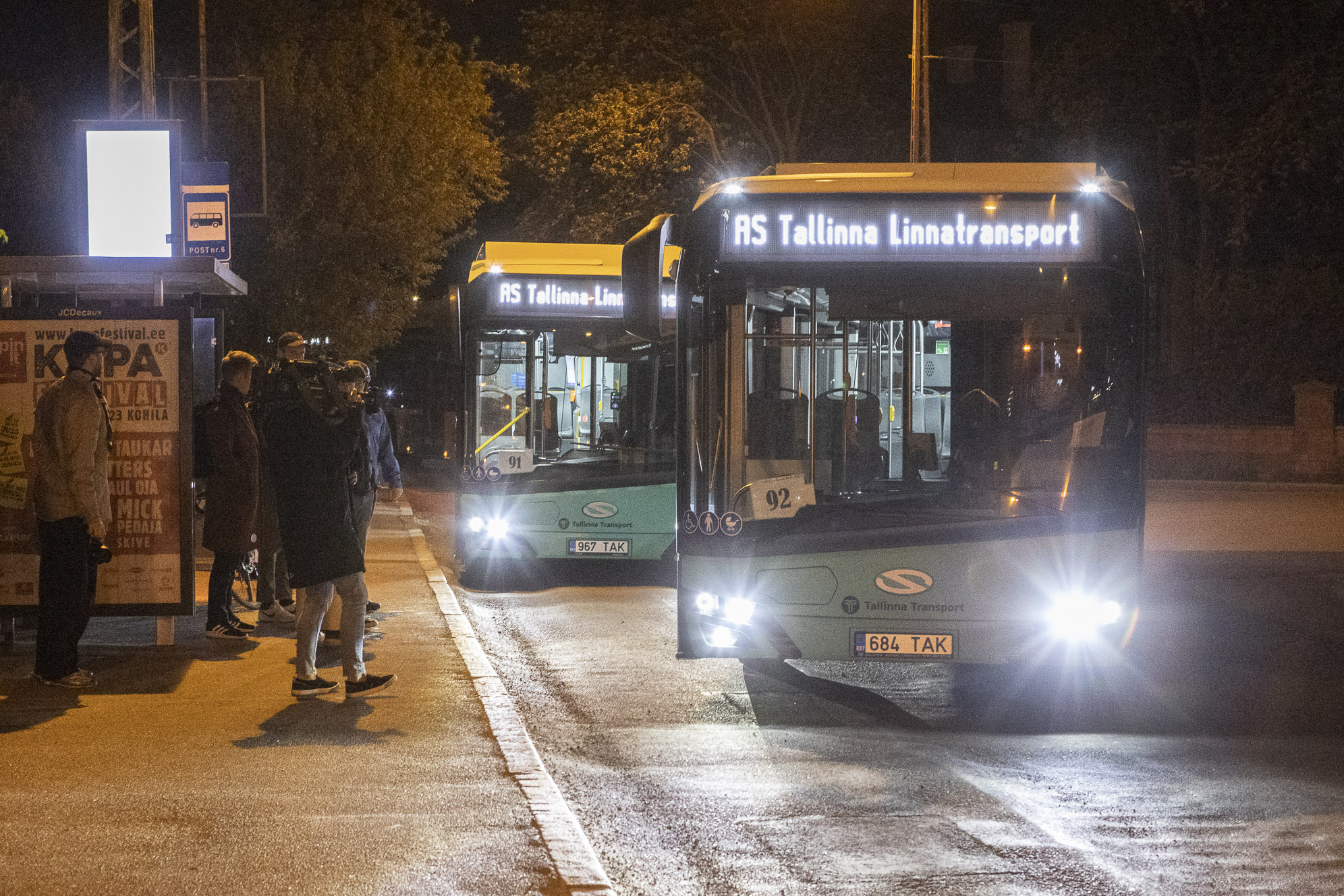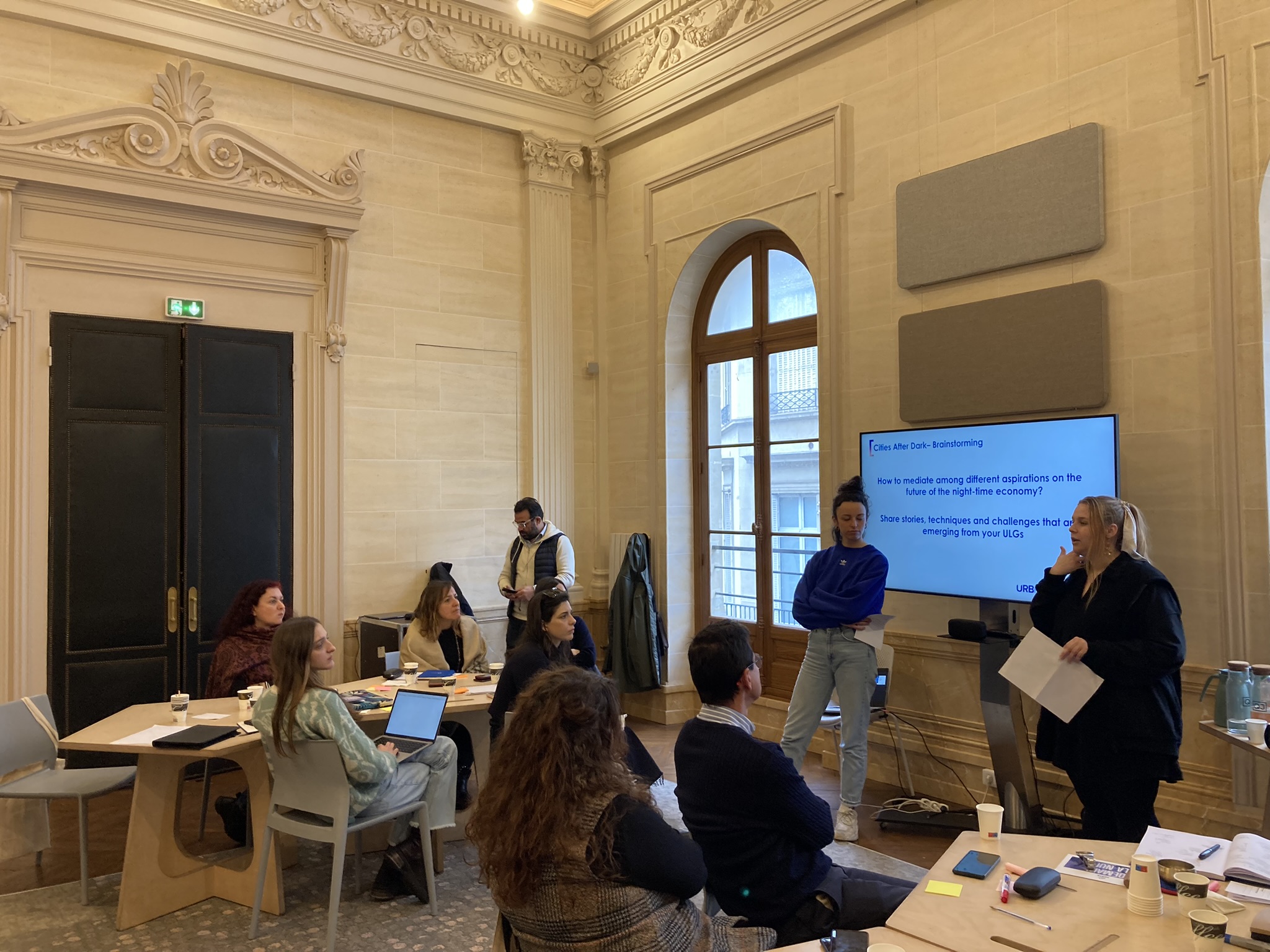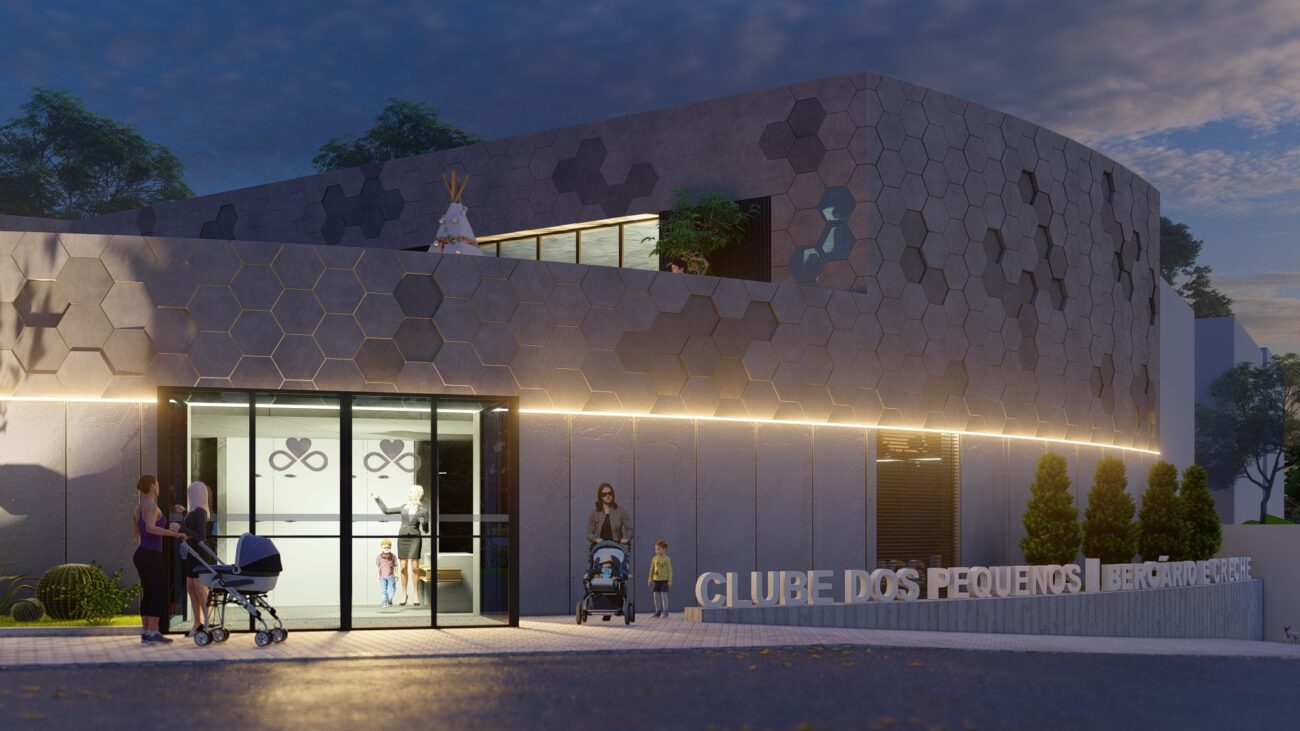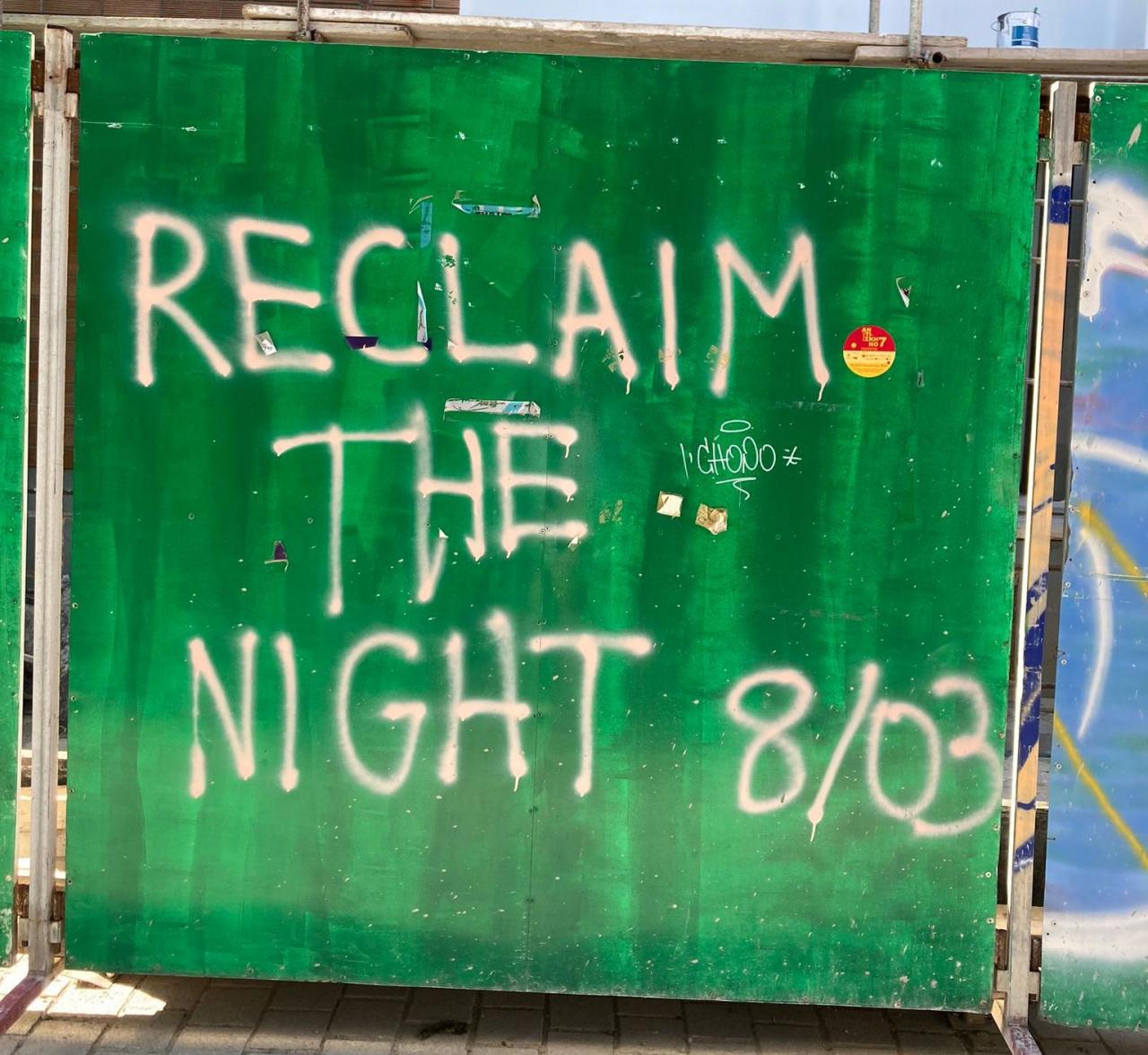Most city strategies and agendas see the hours between early evening and early morning as a space for consumption, with significant attention given to industries traditionally associated with the night such as entertainment and hospitality. However, the night-time economy is also a productive field with a series of services functioning at night including public transport, logistics, waste collection and healthcare, all of which are fundamental for keeping our cities fully operational on a 24/7 basis.
Bartenders, cleaners, drivers, nurses, and logistic workers are just some of the professional categories of workers ‘after dark’. If we look at the impact of night-time economy on the local workforce across the globe: in New York, the night-time economy supports 300 000 jobs in culture and entertainment alone (hospitality, bars, arts, sport and recreation) while in London 1.6 million people work at night across diverse sectors (191 000 persons work in healthcare, 178 000 in professional services, 168 000 in culture and leisure).
Following these observations, a gendered division of work leaves room for inequalities in the night-time economy. Only 38% of night-time workers in London are women, and statistics don’t fully account for the caring responsibilities undertaken mostly by women at home during night-time hours.
Reshaping how cities work at night for women is key for improving employability and feeling of safety, but also for counteracting any form of sexual harassment and promoting gender equality through new services and functions.
All aboard for safer cities
Fostering access to better jobs at night for women is a challenge that needs to be tackled across several dimensions in cities. The perception of safety in public spaces is a decisive element that also affects the working choices made by women. According to the 2023 Report on the Quality of Life in European cities, women are less likely than men to feel safe in the city at night (67% versus 72%).
The access to frequent, safe and reliable public transportation modes is a crucial aspect for reducing inequalities in access to the night-time economy. “Women often refuse jobs because of night shifts. Waiting for a night bus or a train at night can be very problematic, and it often keeps women out of using these mobility modes, forcing us to spend much more than men to get back home in a safer way with taxi or ride-sharing services. The use of ICT solutions could be useful for analysing how women use transport at night but also for creating easier applications to report harassment and violence happening on public transportation” says Nourhan Bassam, urbanist and author of The Gendered City.

Night Bus in Tallinn. Source: Cities After Dark.
The night bus pilot project launched by Tallinn (EE), one of the partners of Cities After Dark, from May to September 2023 offered an important service for workers and partygoers, with four lines connecting the city centre to different suburbs of the city. “Night buses can be crucial for enhancing the feeling of safety for women at night, offering a sustainable and safe alternative for commuting to work or just for enjoying the city at night," says Natalie Mets, night-time advisor of Tallinn and coordinator of the URBACT Local Group.
Addressing the gender commute gap at night is a priority shared by cities all around the world. In Mumbai, the SafeCity project aims to create safer urban and mobility experiences for all through the analysis of data collected with online surveys and urban design audits on how women move in streets, markets and transport interchanges at night. The project, supported by Stanford University, Vital Voices and the US State Department, developed ten principles that can be replicated in other urban contexts. These include the active involvement of women in urban design projects, the organisation of collective night walks for a safe journey to home and the promotion of women’s participation in the urban workforce at night. Increasing the presence of female taxi drivers at night in a city such as Mumbai is one example where women’s-only taxi services gained considerable visibility in the last decade.
The more we know: Training and education for better working conditions
If a city wants to ensure the right to the night for all, then raising awareness, from workers to partygoers, on how to prevent and counteract any form of sexual harassment is crucial. According to a study of the European Fundamental Rights Agency, 90% of victims of sexual harassment are women, and 1 in 3 women have experienced physical or sexual violence during their adult lives.
To tackle the feeling of insecurity experienced by many women while travelling and working, London (UK) launched the Women’s Night Safety Charter. This charter commits signatory organisations, venues and businesses operating at night to design public spaces and workplaces safer for women, nominate a champion within the organisation responsible for promoting women’s night safety, promote communication campaigns on the topics and train the staff to ensure that all the harassments reports presented by women are recorded and responded to. Mayor Sadiq Khan has invested over GBP 100 000 (around EUR 117 000) to develop training activities, events for sharing good practices and resources for supporting voluntary signatories. Among these resources, the Women’s Night Safety Charter’s Toolkit was produced in collaboration with the national campaign for a safer nightlife ‘Good Night Out’ to offer ideas and inspiration for putting the commitments into action with a special focus on staff upskilling and innovative ways to communicate with customers.
In Paris (FR), the NGO Consentis, a partner of the URBACT network Cities After Dark, is joining forces with the city’s Night Council (Conseil de la nuit) to improve safety at public events, where they say 60% of women have been victims of sexual assault or violence. They organise training activities for artists, staff and organisers, and place stands temporarily outside popular clubs, music venues and festivals. “Our strategy is to take the opportunity to talk about sexual consent at events and festivals because clubs and cultural spaces are places where people come with a festive mood and are open to listen to positive messages,” says Julie Lalloué, co-coordinator of Consentis and member of the network’s Local Group in Paris. Spreading information about consent culture in cheerful locations is not only a way for reducing harassment during events but also a way to educate people towards better behaviour in private spaces, in a city like Paris where most of the violent crimes occurring at night take place in private properties.

NGO Consentis. Source: Cities After Dark.
Enhancing the safety of women who work in the entertainment sector at night is another key priority for Consentis, which promoted the campaign Réinventer la nuit (Reinventing the night) in October 2023 to counter sexual violence against DJs. A manifesto was launched to promote a series of principles for making cultural work at night safer for women and LGBTQi people. The campaign has also produced a series of protocols for the security of artists and music venues aimed at creating a better work environment through prevention and awareness-raising measures for different groups, such as partygoers, event organisers and booking agencies.
The implementation of measures for improving safety in bars and clubs can also make these venues more women-friendly. “In a series of workshops that I curated in Barcelona I was surprised to see that young women said they feel safer in the streets of the city than inside a club. Normally we think that it’s better to stay indoors, but it’s not always true. The quality of the venues is often poor: there are no functional restrooms or control on who has access to these venues. It’s a very delicate subject that needs to be managed with the use of qualitative data to understand who is using these premises at night and how,” says Andreina Seijas, associate at Gehl and researcher on night-time governance and planning.
New services and opportunities for women
The creation of innovative services to support employability and, more generally, the quality of life of women at night is also an important element of the urban strategies on night-time economy. Braga (PT), the lead partner of the URBACT network Cities After Dark, is set to launch the first 24-hour nursery from September 2024. The Clube do Pequenos (literally, Little People’s Club) is close to the Minho University and the city hospital and will welcome children from birth to three years old. This service will be particularly useful for the parents working in healthcare and educational services, relieving women who share most of the caring responsibilities for children and other vulnerable or elderly relatives after dark: according to the EIGE’s Gender Equality Index 2019, in Portugal 87% of women take care of their family for 1 hour or more daily, compared to 79% of men while around 78% of women do cooking and housework every day at least for one hour compared to only 19% of men, which is among the widest gender gaps in the EU.

Night Nursery. Source: Cities After Dark.
Vibrant public spaces for women to take their place
Women’s access to the night-time economy involves not only better planning of public spaces and green areas, with lighting and safety systems, but also strategies for keeping these public spaces vibrant after dark with cultural and business activities precisely by encouraging the participation of female workers and other users in night-time economy. This was exemplified by the UIA ToNite project of Turin (IT), which funded 20 micro-projects to revive public spaces in suburban areas along the Dora River with theatre festivals, film screenings, sports activities and language programmes mostly attended by women from migrant communities. The activities organised in streets and public parks provided a positive response to different generations of women reclaiming public spaces at night, increasing their participation in the public realm.
The night buses in Tallinn mentioned before are a permanent service from this year (2024), a key achievement for the night-time advisor. It speaks to the stronger attention that women in charge of governance responsibilities on night-time economy have on the improvement of services for the safety and the quality of life of women at night. A study carried out globally among night mayors and advisors in 2018 showed that only 26% of them were women, but something is changing. “Urban planning has traditionally been a male-dominated field but it is interesting to notice that more women are getting involved as leaders in the night-time economy and are having greater influence on the governance of this sector because a lot of them work in the cultural field or in queer spaces, so they can bring a new perspective,” says Andreina Seijas.
While the gender gap may persist, it is not insurmountable thanks to local urban strategies and new services aimed at making the night-time economy a leverage for growth, sustainability and equality in cities.
Follow the Cities After Dark network at its official network page and on LinkedIn for more inspiration!
For more inspiration on gender equality in urban policy, visit the FEMACT-Cities and GenProcure network page and explore the Gender Equal Cities Knowledge Hub.


